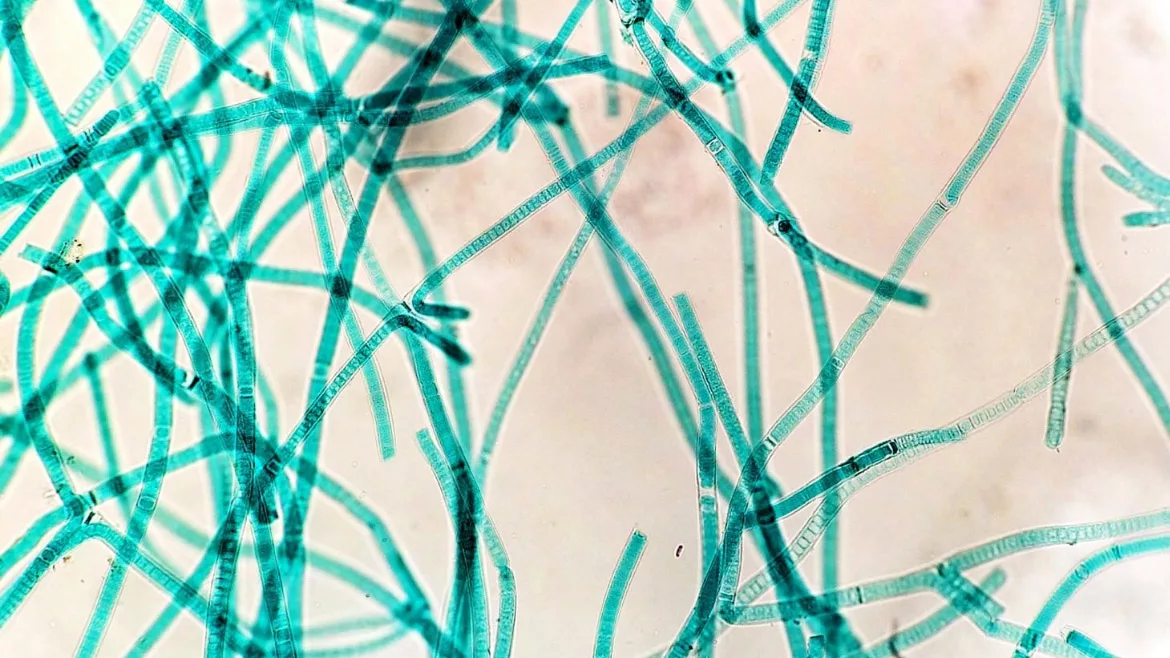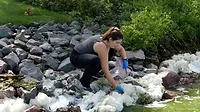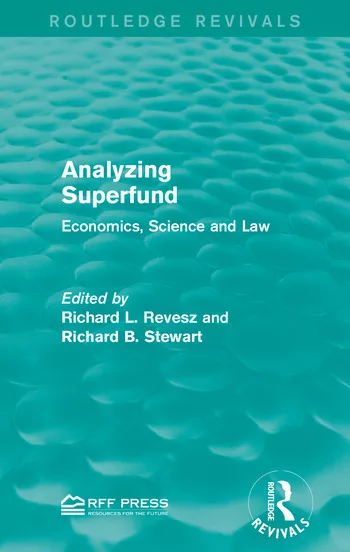Study Reveals Sucralose's Impact on the Environment
Sucralose is persistent during wastewater treatment processes, making it an increasingly common presence in our waterways

Cyanobacteria, Tolypothrix. (Courtesy of Wikipedia / CC BY-SA 3.0)
A groundbreaking study from the University of Florida has revealed that sucralose, the artificial sweetener found in many zero-calorie products, may be disrupting delicate aquatic ecosystems in ways scientists hadn't anticipated.
The research, published in Environmental Monitoring and Assessment, shows that this common sweetener — which passes through wastewater treatment virtually unchanged — can dramatically affect the behavior of essential microorganisms in both fresh and brackish water environments.
"We can't break down sucralose, and a lot of microorganisms can't break it down, either, because it's a really tough molecule that doesn't degrade easily," explains Tracey Schafer, assistant research scientist at UF's Whitney Laboratory for Marine Bioscience. "So there are a lot of questions about how it is affecting the environment and whether it's something that could impact our microbial communities."
The study focused on two crucial types of aquatic microorganisms: cyanobacteria (photosynthetic bacteria) and diatoms — microscopic algae that provide more than 30% of the primary food production in marine food chains. Researchers collected samples from both freshwater and brackish water sites in Marineland, Florida, exposing them to various concentrations of sucralose.
The results were striking. Freshwater cyanobacteria populations increased when exposed to sucralose, while their brackish water counterparts showed a dramatic spike followed by a sudden crash. Lead author Amelia Westmoreland, who conducted the research while completing her undergraduate chemistry degree, suggests an intriguing possibility: "There is the potential that the freshwater communities might be mistaking sucralose for a nutrient, for a sugar that they can use as food."
Perhaps most concerning was the effect on diatoms. Both freshwater and brackish water diatoms showed population declines when exposed to sucralose, with freshwater diatoms experiencing the most significant impact.
These findings raise alarming possibilities about ecosystem disruption. As Westmoreland explained, "Extreme examples of how this could play out are the diatom community could disappear, and the other extreme is this community could completely overtake everything else."
The study underscores the complex ways in which human-made compounds can affect natural systems. "I think this study was a good first step in starting to look at how sucralose could impact our aquatic communities, and hopefully it will drive more research forward," Schafer notes.
Recent research has further emphasized the growing concerns about sucralose's environmental persistence. A 2024 study confirms that sucralose remains remarkably stable during wastewater treatment processes, making it an increasingly common presence in our waterways. The compound's persistence is particularly troubling as researchers have identified it as a persistent emerging contaminant in global aquatic environments.
The implications extend beyond just microorganisms. The University of Vienna recently discovered that sucralose's persistence varies with temperature, suggesting that climate change could potentially affect how long this compound remains active in waterways.




